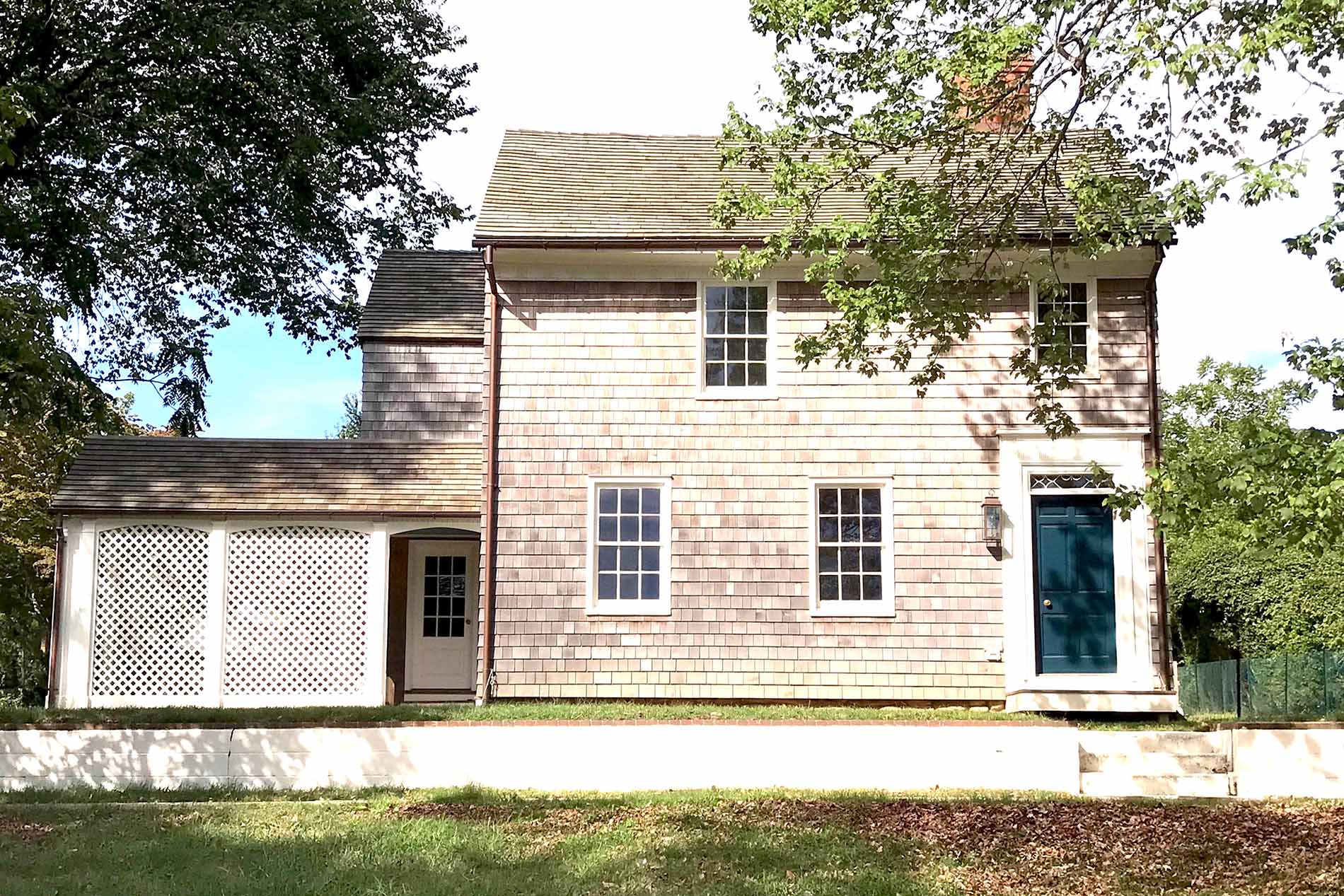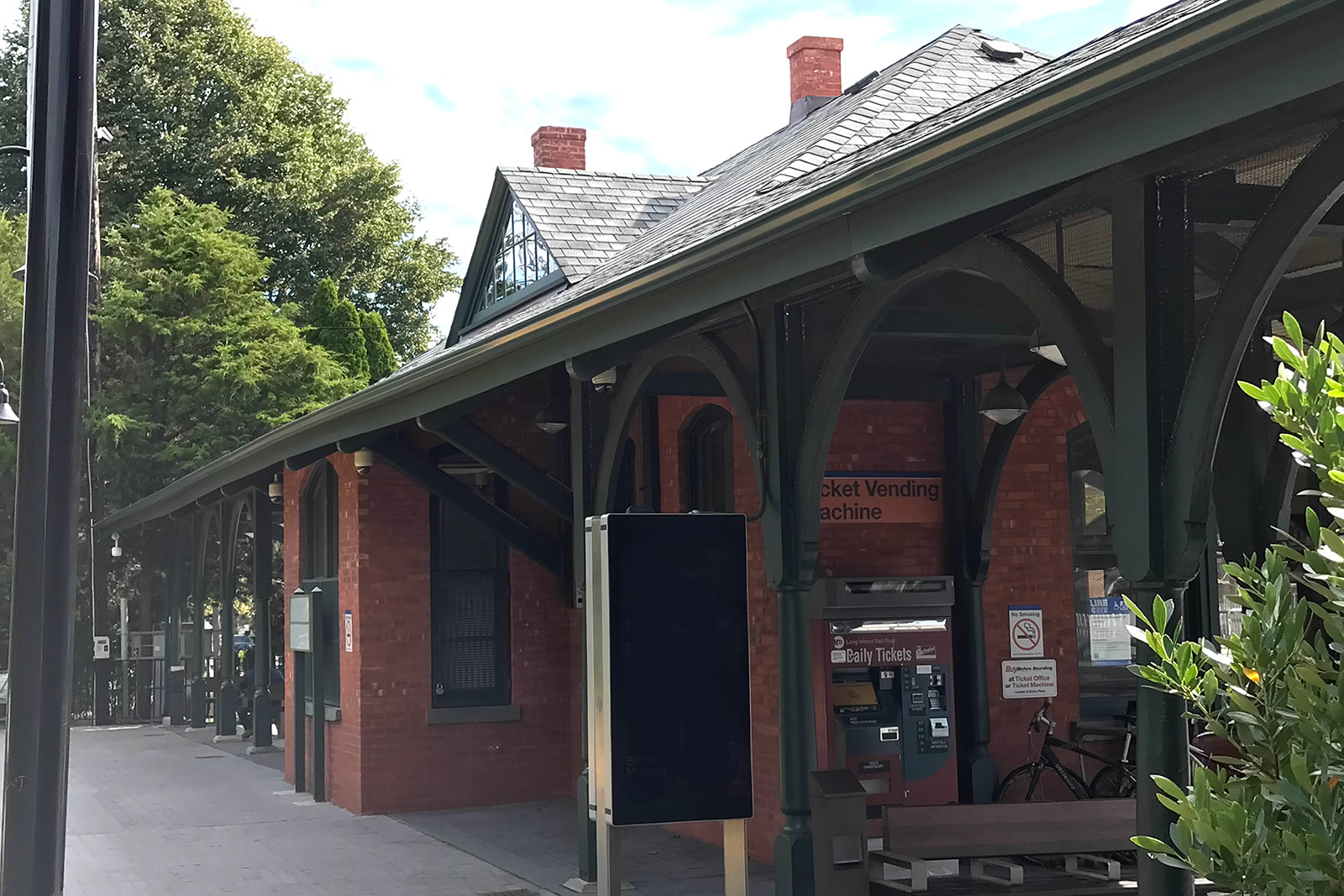Frank J. Jackson
Third House, c. 1685

Third House, c. 1685, at 223 Main St, owned and scrupulously restored over the course of multiple years by Frank J. Jackson, is said to have been built by a sea captain named Hedges, who retired after the mandatory age of 30 and married. The story goes that the captain’s two sisters were very accommodating of his young wife, so much so, that he was forced to decide to keep his wife or his family. He then built this home for his sisters. Property maps from the 1880s indicate the home was also occupied by the Stratton, Osborn, and Chatfield families and at one time the Widow Mulford. It was later acquired by Isaac Miller, a landowner listed in the East Hampton Town records as an Overseer of the Highways in 1863 and a Trustee in 1865. The house has been known as the Isaac Miller House. In 1927, the noted architect, Aymar Embury, designer of Guild Hall and East Hampton Library, acquired the house and alternately called it Third House, as it was believed to have been the third house constructed in the Village. When Embury remodeled the home, a bag of revolutionary War bullets was found in a niche in the chimney. It contains a number of interesting features including a retained lattice porch added by Embury’s wife, Ruth Dean, a noted landscape architect and designer of Grey Garden’s outdoor spaces.
The Long Island Railroad
The Brooklyn and Montauk Railroad, 1895

The Brooklyn and Montauk Railroad, established in 1895 on a lot belonging to David J. Gardiner, is home to the recently refurbished Long Island Railroad station. Previous to the station’s existence, the train line ended in Bridgehampton. According to the June 21, 1895 edition of the The East Hampton Star, the depot building was to be made of brick and slate and the station proper was to be “…forty fee long, with extension roofs forty fee long on either side.” In the 1940s, the station was painted white, but the interior remained intact. In June of 2000, the station was placed on the National Register of Historic Place. In 2017, the MTA announced the restoration of the station, part of a $120 million New York State reconstruction program for 16 Long Island Railroad stations in Nassau and Suffolk Counties.
